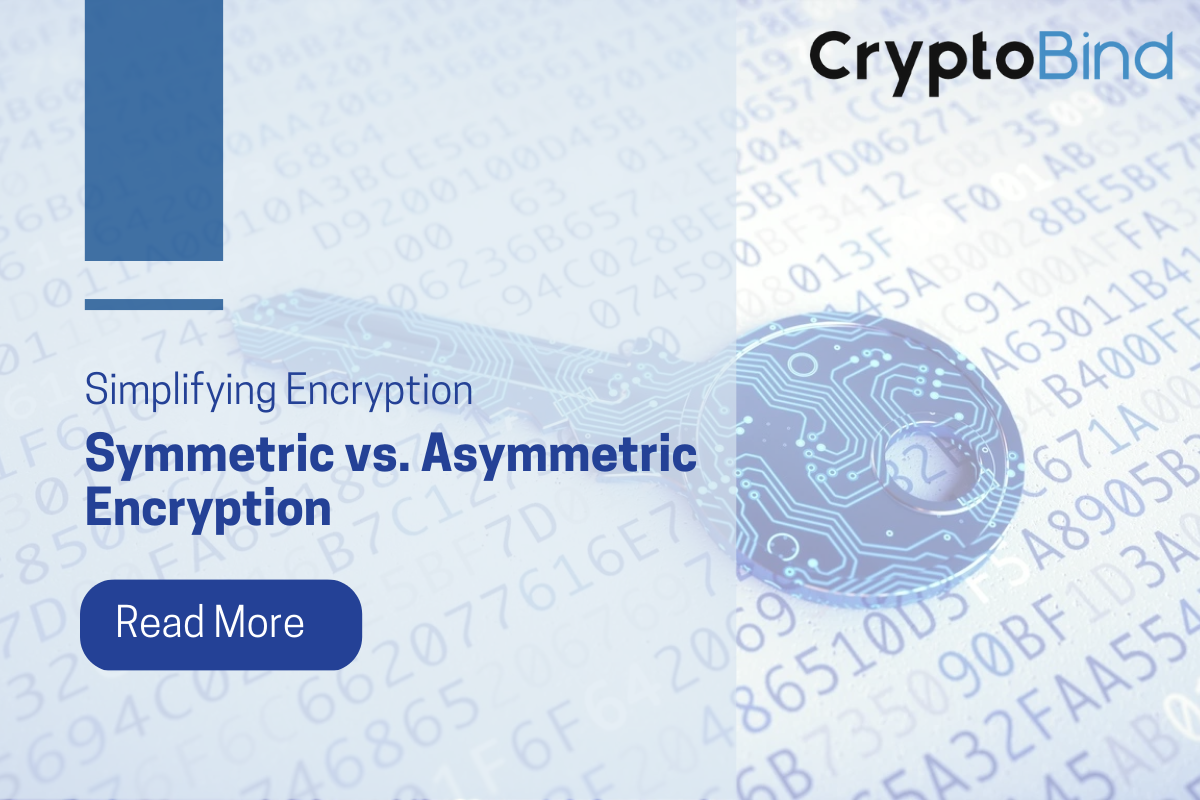Data is one of the most valuable assets for any organization today. The vast amount of information that companies collect and store each day include sensitive data such as client and employee information, future business plans, and product descriptions. These details are the foundation of a company, and the loss of such data can have severe consequences. Cybercriminals have become increasingly sophisticated with their hacking techniques, which makes it challenging for organizations to keep their data safe. However, companies must take essential measures to protect their sensitive information. One of the best ways to secure such data is through data encryption.
Encryption is a component of Cryptography, which is the most effective and widely used data security technique. The encryption process involves converting the data into a different form known as ciphertext. The plaintext data to be encrypted is fed into an algorithm with an encryption key, which produces ciphertext. With a valid key, this ciphertext can be decrypted. Encryption operates in both symmetric and asymmetric modes. In symmetric encryption, both the sender and the receiver use the same secret key to encrypt and decrypt data. In contrast, the asymmetric approach makes use of two distinct keys: public and private. Governments, the military, and civilian systems all frequently use encryption to protect sensitive data.
In today’s world, customer personal and banking information is highly vulnerable to theft. Encrypting such files is always advantageous in the event that the security system is unable to safeguard sensitive information. Although encryption initially appears to be a difficult technique, various data loss prevention software handles it effectively. To protect our data while it is in use, at rest, or in motion, encryption should be used. Symmetric and Asymmetric encryption are the two main types, and each one has its own advantages and disadvantages.
Symmetric encryption encrypts and decrypts messages using the same key. However, symmetric encryption does not scale well because the entire system depends on keeping the key a shared secret. It must be securely shared with the recipient so that only they can use it to decrypt the message. Symmetric encryption suffers from key exhaustion issues, and without proper key hierarchy maintenance or effective key rotation, each usage may leak information that an attacker could use to reconstruct the secret key. As a result, it’s frequently used in combination with asymmetric encryption.
In contrast, asymmetric encryption is a complicated type of encryption that uses two cryptographic keys to secure data. These keys are the Public Key and the Private Key. As the name implies, the public key is available to anyone who wishes to send a message. The private key, on the other hand, is kept in a secure location by the owner of the public key. The information to be sent is encrypted using the public key, and it employs a specific algorithm. It is only decrypted by the receiver’s private key, which is in his or her possession. These two processes are both driven by the same algorithm. In contrast to symmetric encryption, this type of encryption provides a higher level of security because the private key is kept private and not intended for sharing.
There are five key distinctions between symmetric and asymmetric encryption, which include the types of keys used and how long it takes the encryption techniques to compute. Although symmetric encryption is quicker, asymmetric encryption is more secure. The two encryption methods can be used separately or together, depending on the task at hand and the level of security required.
One of the most important applications of asymmetric encryption is secure internet communication. Users can encrypt messages with public-key cryptography using the recipient’s public key, ensuring that only the intended recipient can decrypt and read the message. This technology is frequently used for secure email, file transfer, and online financial transactions. In contrast, symmetric encryption is frequently used for large-scale data encryption key management, where it is much faster and more efficient than asymmetric encryption because it uses a single key for both encryption and decryption. Symmetric encryption is commonly used to encrypt sensitive data on hard drives, databases, and other storage devices.
Overall, both asymmetric and symmetric encryption are crucial components of modern digital security. Combining these techniques can help secure data and communications from unauthorized access and data breaches. Both types of encryption have advantages and disadvantages depending on the situation. Therefore, organizations should evaluate their needs and implement the most appropriate approach for their unique circumstances.
Companies such as Jisa Softech provide both column-level and application-level encryption. They offer Hardware security modules, Aadhaar Data Vault, Cloud HSM, Key management solutions, Tokenization, Encryption, and Authentication solutions to protect data. No matter what form of encryption an organization chooses to use, it is critical to keep sensitive and valuable information safe from prying eyes and protect the company’s integrity. Contact Jisa Softech today to learn more about how their encryption solutions can safeguard your company’s sensitive information.


